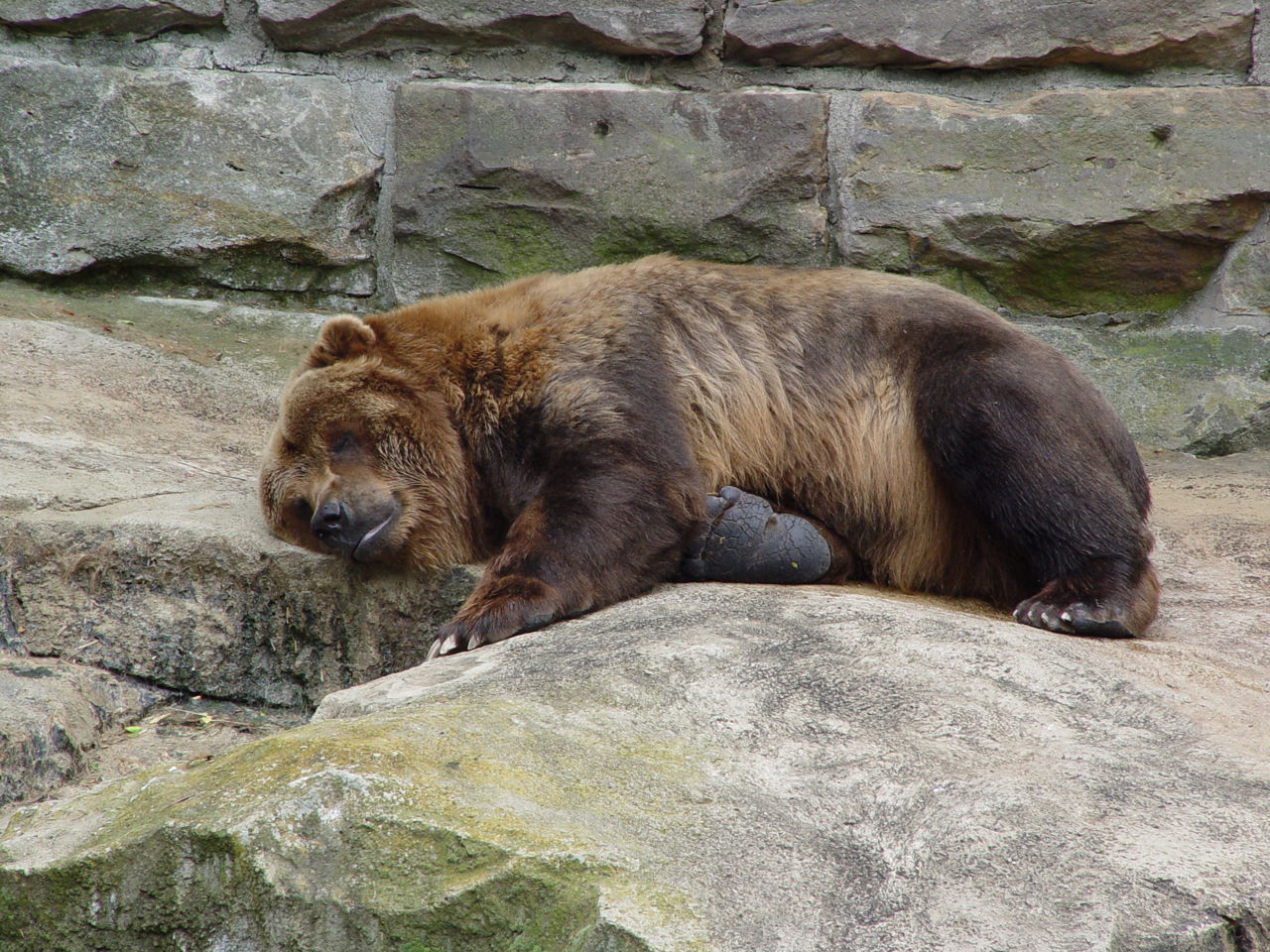

In more temperate climates where natural foods are available longer, they may turn in anytime between November and mid-December, and emerge again in late March or early April.īears may den for much shorter periods of time and sleep less deeply if food (natural or human-provided) is available all year. In far northern climates, bears might be in their dens fasting and living off their fat reserves for up to six months. Why the Long Nap?īears don’t necessarily den up because it’s cold they put themselves to sleep for the winter because food is in short supply.

So many scientists now call bears “Super Hibernators” because they can fall into a deep sleep for four to six months without eating or drinking, wake up in the spring and head back out into the world. While they’re hibernating, they recycle all of their waste products and actually heal any injuries they may have had when they turned in. They don’t eat at all, nor do they go to the bathroom bears’ dens are remarkably clean and odor-free … unlike true hibernators who wake up every few days to drink, go to the bathroom and nibble some stored food before going back to sleep.Ī bear’s body is a model of recycling. Squirrels, bats, rodents, marmots and other true hibernators enter a state close to suspended animation where body temperatures fall close to freezing and metabolisms slow almost to a halt.Ī bear’s metabolism, heartbeat and respiration rate drops dramatically, but its body temperatures only drops about 12 degrees during hibernation. Some people believe that bears are not true hibernators.


 0 kommentar(er)
0 kommentar(er)
